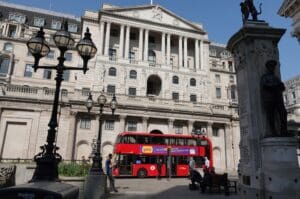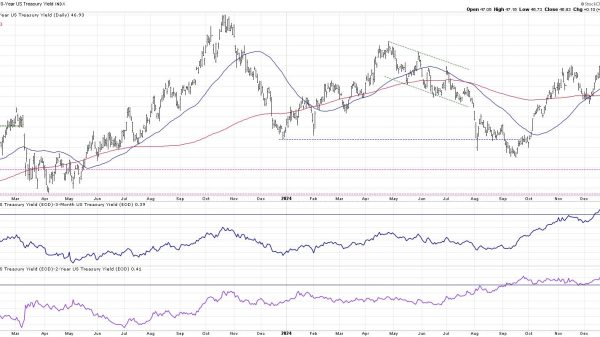BEIJING — Students in schools across several Beijing districts buckled down for online classes on Monday after officials called for residents in some of its hardest-hit areas to stay home, as COVID cases in China’s capital and nationally ticked higher.
China is fighting numerous COVID-19 flare ups, from Zhengzhou in central Henan province to Chongqing in the southwest and for Sunday reported 26,824 new local cases, nearing the country’s pandemic peak in April. It also recorded two deaths in Beijing, up from one on Saturday, which was China’s first since late May.
Guangzhou, a southern city of nearly 19 million people that is battling the largest of China’s recent outbreaks, ordered a five-day lockdown for its Baiyun district, its most populous. It also suspended dine-in services and shut night clubs and theaters in Tianhe, home to the city’s main business district.
The latest wave is testing China’s resolve to stick to adjustments it has made to its zero-COVID policy, which calls for cities to be more targeted in their clampdown measures and steer away from catch-all lockdowns and testing that have strangled the economy and frustrated residents.
Asian share markets and oil prices slipped on Monday as investors fretted about the economic fallout from the intensifying COVID situation in China, with the risk aversion benefiting bonds and the dollar.
Several Chinese cities began cutting routine community COVID-19 testing last week, including the northern city of Shijiazhuang, which became the subject of fervent speculation that it could be a test bed for policy relaxation. This sparked worry among some local residents.
But late on Sunday, Shijiazhuang announced it would conduct mass testing in six of its eight districts over the next five days after new daily local cases hit 641. It also encouraged residents to shop online and ordered some schools to suspend in-person teaching.
“They lasted a week,” said one popular comment on Weibo on Shijiazhuang’s curbs, which was among the most viewed topics on the social media platform.
The capital Beijing reported 962 new infections, up from 621 a day earlier. Its sprawling Chaoyang district, home to 3.5 million people, urged residents to stay home, with school going online. Some schools in Haidian, Dongcheng and Xicheng also halted in-person teaching.
The People’s Daily newspaper, the mouthpiece of the Chinese Communist Party on Monday published another article reiterating the need to catch infections early but avoid take a “one-size-fits-all” approach, its eighth such piece since China adjusted policy earlier this month.
‘FEELING THE STONES’
China’s recent efforts to make its COVID-19 curbs more targeted have sparked investor hopes of a more significant easing even as China faces its first winter battling the highly transmissible Omicron variant.
Many analysts expect such a shift to begin only in March or April, however, with the government arguing that President Xi Jinping’s signature zero-COVID policy saves lives and is necessary to prevent the healthcare system being overwhelmed.
Experts warn that full reopening requires a massive vaccination booster effort and a change in messaging in a country where the disease remains widely feared. Authorities say they plan to build more hospital capacity and fever clinics to screen patients and are formulating a vaccination drive.
Oxford Economics said it only expects and exit from zero-COVID in the second half of 2023, with vaccination rates for the elderly still comparatively low.
“From an epidemiological and political perspective, we do not think the country is ready yet to open up,” it said in a Monday report.
Hao Hong, chief economist at GROW Investment Group, said in a separate note a gradual and managed reopening may already be underway, with rounds of back and forth as China “crosses the river while feeling the stones.”
“Despite the mounting challenges, it is not a question of whether China will reopen, but a question of over how long a period and how best to manage to minimize healthcare costs and potential lives lost,” he said. “We assign a probability of 4/5 to the gradual reopening scenario.” — Reuters























